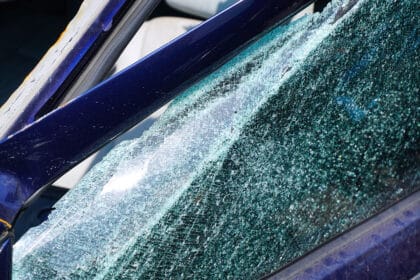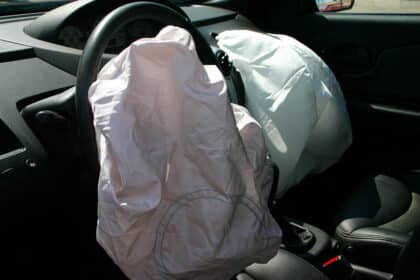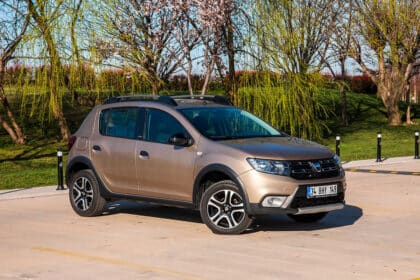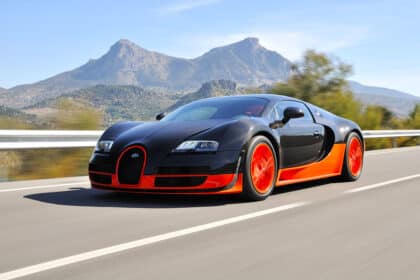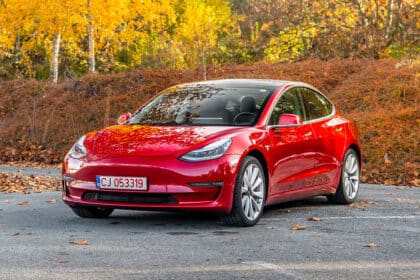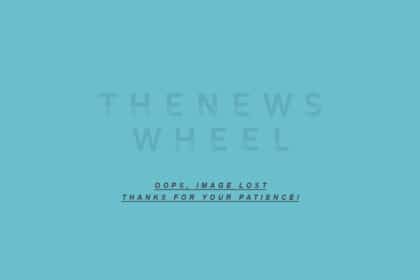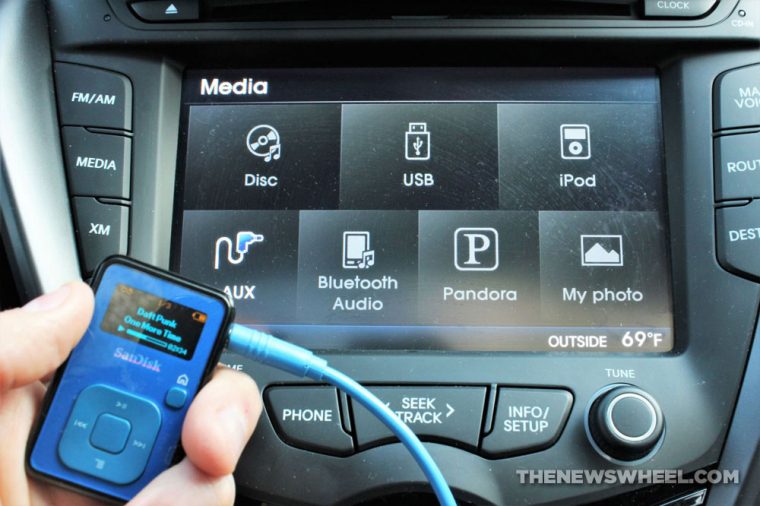
Photo: The News Wheel
You have many ways to listen to your favorite music in your car, from direct cable inputs to wireless transmissions.
Not all connection methods are created equal, though. Why pay for a vehicle with a state-of-the-art 12-speaker audio system if you’ve connected your music device with a low-quality interface?
If you want to listen to music in the car, these are the best ways.
Did You Know the Chevrolet Suburban Offers Apple CarPlay? 10 more reasons to buy the Suburban
How to experience the best sound when you listen to music in the car
CD player
CDs — particularly official, original discs— used to be the best method for getting a rich, full sound in the car. Unfortunately, CD players have been fading into the sunset as drivers favor the convenience of connecting their own devices instead of carrying 40-minute, scratch-prone discs around.
Aux
The most convenient way to connect any device, including non-Bluetooth-enabled MP3 players, is through the 3.5mm auxiliary input jack. Unfortunately, to transmit sound through this connection, your phone must convert the signal into one that’s compatible, which becomes an analog signal specifically for headphones, not 12-speaker premium sound systems.
USB
Aux connections pale in comparison to the direct transfer of data available through USB connection. Unlike aux cables, USB connections send unprocessed, raw data to your car’s audio system, which results in a file that’s closer to the original quality. Many audiophiles prefer this method.
You can connect your device via USB, or you can save your music library directly on a flash drive. As technology has progressed over the years, USB flash drives can now store a surprising amount of memory. Full-size sticks can hold an astounding 512 GB, and you can buy 32-GB flash drives the size of a bean. If you own the original files in AAC or WMA format at a high bit rate (256 kbps or more), this is the ideal method.
Distracted Driving Is Dangerous: How Chevy’s easy-to-use new phone app reduces risky driving
Bluetooth
Even though Bluetooth is advertised as being high-tech, it isn’t a good option for listening to music. Bluetooth audio compression is pretty bad and can be hindered by interference.
Android Auto transmits audio via Bluetooth (even though you also have to plug it in via USB), so the audio quality isn’t good. Apple CarPlay does utilize USB transmission, so it results in better sound.
However, storing high-quality files on your phone will fill it up quickly. If you choose to stream music, research what quality the app streams music at — and be prepared to use a lot of data.
Radio
We don’t have to explain how poor FM radio quality is — you’ve noticed it yourself listening to that garbled ‘80s rock station as your driving to work. In some cases, satellite radio can sound better than FM radio due to its slightly better audio bandwidth, but the difference is often negligible, as both suffer from low bandwidth.
HD radio is your best bet if you prefer listening to the radio. HD stations transmit in digital in addition to analog, resulting in deeper, richer, more layered audio. Check the car’s owner’s manual to see if it possesses an HD-compatible radio.
Bottom line
For the best listening experience in your car, choose a USB input or HD radio, depending on how you prefer to access your music. However, the connection alone doesn’t ensure optimal audio quality. Also make sure that the audio files you have are an uncompressed type with high bit rate. Otherwise, the connection type won’t make much of a difference.
Sources: Lifewire, Audiosonics

The News Wheel is a digital auto magazine providing readers with a fresh perspective on the latest car news. We’re located in the heart of America (Dayton, Ohio) and our goal is to deliver an entertaining and informative perspective on what’s trending in the automotive world. See more articles from The News Wheel.


